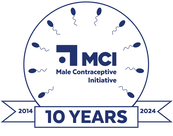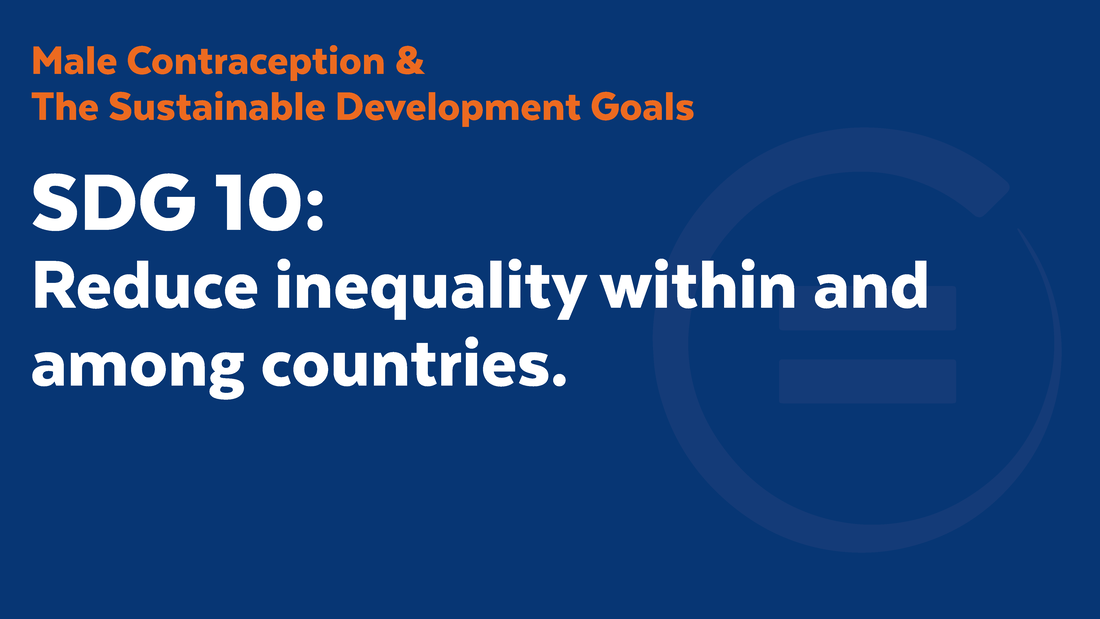|
Inequality exists in various forms including economic, gender, disability, race, and social inequality. With respect to family planning, inequality is deeply felt with respect to availability of contraceptives in developed versus developing countries, as well as across genders with only limited options available to sperm-producing people. Issues associated with health, poverty, pollution, and environmental justice are often inseparable from inequality, and these issues are poignantly felt particularly by marginalized and vulnerable communities. For example, low socioeconomic status (SES) women in the United States are about five times as likely as high SES women to have an unintended pregnancy. On a global scale, women from the low-income countries are nearly three times more likely to experience unintended pregnancies than those in the high-income countries. These differences further deepen the divides in income, family stability, and maternal and child outcomes due to the cost of unintended pregnancy and the possible associated negative outcomes for the children, most notably those related to educational attainment. A 2016 report from Population Reference Bureau indicates that “inclusive family planning programs reduce inequities between the rich and the poor, decreasing poverty and fostering inclusive economic growth”. Access to contraception increases a woman's economic empowerment and the health of their children, which in turn leads to healthier and more economically stable adults. Male contraception could also help fill access gaps in developing countries, helping to extend the benefits of planned pregnancies, financial and otherwise, to people in those countries. While all the benefits of increased male contraceptives are not yet known, it is reasonable to anticipate that there will be positive social and economic benefits associated with increased methods of contraception, and access to the same. That is why it’s so important to invest in new male contraceptives. Sources/References:
- "The Sustainable Development Goals Report 2020". The Sustainable Development Goals Report. 2020-07-14 - Brookings Institute’s “The implications of inequalities in contraception and abortion” - “Disparities in Access to Contraception in the United States: an Intersectional Analysis” by Alexandra Hammond - “Not all inequalities are equal: differences in coverage across the continuum of reproductive health services” by Elizabeth A Sully, Ann Biddlecom, and Jacqueline E Darroch - Bearak, J., Popinchalk, A., Ganatra, B., Moller, A.-B., Tunçalp, Ö., Beavin, C., … Alkema, L. (2020). Unintended pregnancy and abortion by income, region, and the legal status of abortion: estimates from a comprehensive model for 1990–2019. The Lancet Global Health. doi:10.1016/s2214-109x(20)30315-6 - Hussein, et al. “Fostering Economic Growth, Equity, and Resilience in Sub-Saharan Africa: The Role of Family Planning”. Population Reference Bureau (2016). Comments are closed.
|
Categories
All
Archives
June 2024
|
|
|
Donate to Male Contraceptive InitiativeYour generous donation makes a difference!
|
© Male Contraceptive Initiative. All rights reserved.


 RSS Feed
RSS Feed
